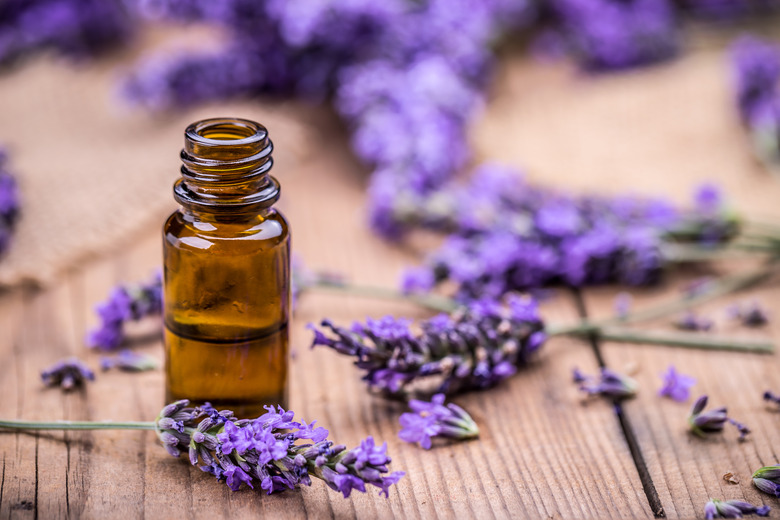How To Extract Oil From Flowers
Flower oils, or essences, are used in making perfume and other scented products. If you have a garden full of scented flowers such as roses, lavender, honeysuckle, jasmine, gardenias or carnations, you can make your own flower oils without the need to distill the essences. This process is called enfleurage.
Step 1
In a heavy pan, melt the lard. Be very careful during this step as lard is highly flammable and can cause bad burns.
Step 2
Pour the lard into pairs of paper plates to a depth of about 1/2 inch or until the plate is full. Let the lard cool and solidify. (You will need two lard-filled paper plates for each kind of oil you want to make.)
Step 3
Score the lard with a knife in a crisscross pattern. This is done so the scent can better penetrate the lard.
Step 4
Put petals on one of each pair of lard-covered plates. Be careful to make sure that all the petals stay on the lard and not the exposed edges of the plates. If they are not on the lard, they will rot and spoil. Until you learn what scents the various flowers produce, you shouldn't mix petals.
Step 5
Put the other plate upside down on top of the plate with the petals, and make sure the space between the two plates is filled with petals and that the petals are on the lard. Tape the plates closed.
Step 6
Set the plates aside for two days.
Step 7
After two days, remove the wilted petals and replace with fresh ones, following the steps outlined above.
Step 8
After you have replaced the petals eight times over the course of 16 days, your lard should be highly scented. Now it is time for the next step.
Step 9
Remove all petals and cut the lard into small pieces. Sterilize the bottles and caps in your dishwasher. Add lard to the sterilized bottles until they are half full.
Step 10
Fill each bottle with rubbing alcohol and cap tightly. Shake well.
Step 11
Put the bottles in a dark place for 12 weeks. Shake each bottle thoroughly every day during the 12 weeks. Over time, fat globules will form in each bottle.
Step 12
Line the funnel with muslin or several layers of cheesecloth. Strain each bottle through the cloth into another sterilized bottle.
Step 13
Add two drops of fixative oil per 1/4 cup of scented oil. This is an approximation, so don't worry about getting it perfect. The different oils will add different undertones to your scent, so you many want to experiment.
Step 14
Shake well and store in a cool dark place.
Things Needed
- Heavy pan
- Lard
- Heavy, thick paper plates
- Freshly picked, highly scented flower petals
- Tape
- Knife
- Small bottles with caps (mustard or baby food jars work great)
- Rubbing alcohol
- Muslin or cheesecloth
- Large funnel
- Fixative oil (sandalwood, musk, vetiver or orris root — available at stores that sell essential oils)
TL;DR (Too Long; Didn't Read)
Once you have the process down, you can try mixing flowers together in different quantities. Add herbs, spice or citrus peel to create more depth and accents.
Warning
Be very careful working with the melted lard. It is flammable and can cause serious burns. Do not leave it alone on the heat.
Cite This Article
MLA
Landis-Steward, Susan. "How To Extract Oil From Flowers" sciencing.com, https://www.sciencing.com/extract-oil-flowers-5076414/. 13 March 2018.
APA
Landis-Steward, Susan. (2018, March 13). How To Extract Oil From Flowers. sciencing.com. Retrieved from https://www.sciencing.com/extract-oil-flowers-5076414/
Chicago
Landis-Steward, Susan. How To Extract Oil From Flowers last modified March 24, 2022. https://www.sciencing.com/extract-oil-flowers-5076414/
